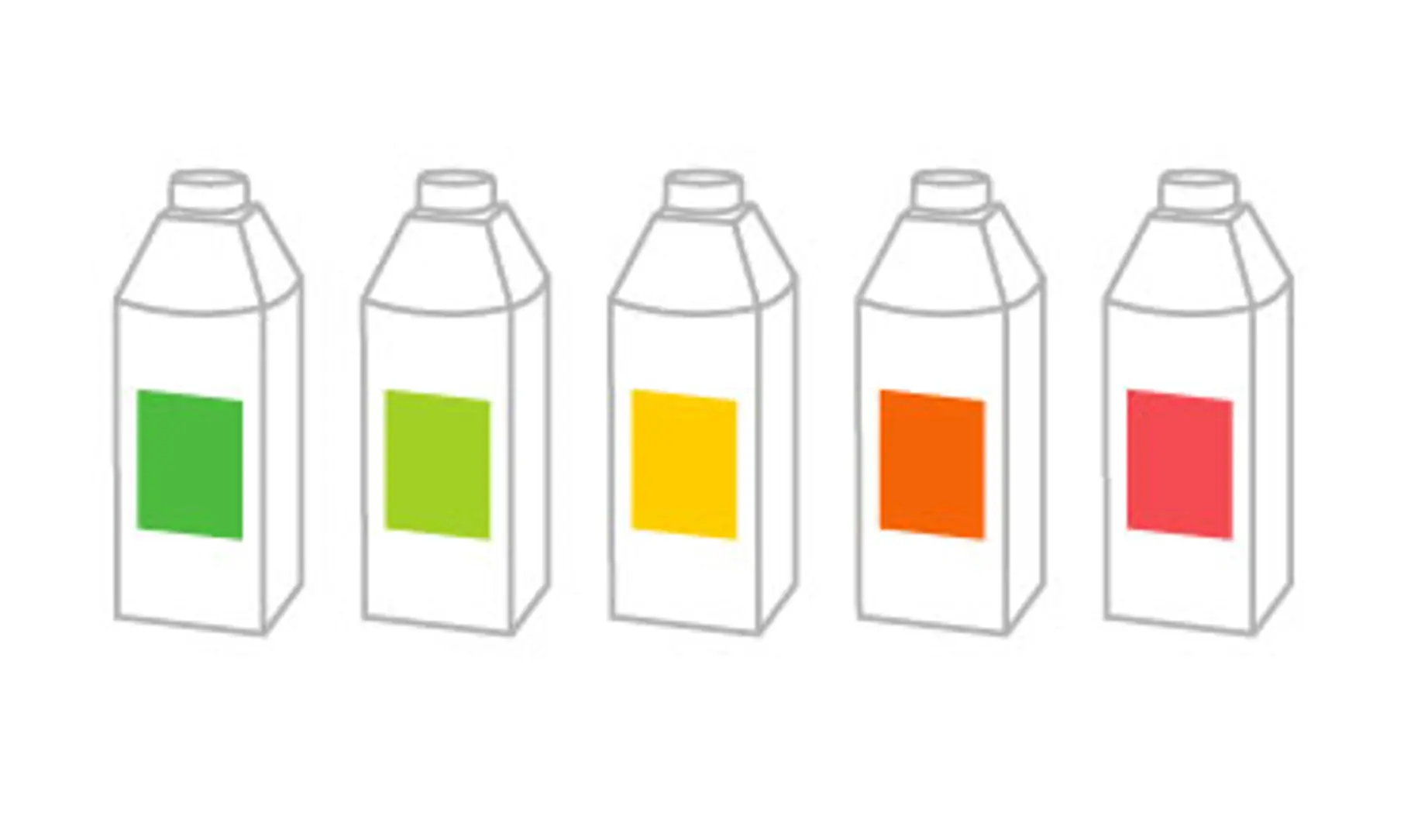Focusing on food labels

In part three of The Tracking Transparency series, we turn the spotlight on nutrition labels. What information do they provide, and how important is this for consumers and manufacturers alike? Read on to find out ...
What’s in a label?
Although there is no universal template for nutrition labels on food packaging, manufacturers are aware of the importance in providing consumers adequate information on what they are going to eat or drink. For the most part labels must contain some basic information, with EU regulations, for example, stating the following as mandatory: the amount of fat, saturates, carbohydrate, sugars, protein and salt, as well as the overall energy value.
Now, as consumers become more aware of their health and wellbeing, not to mention the environment, this has led to notable changes in the way food labels are presented.
As another example, recent changes to FDA labelling have included additional information on the link between diet and chronic diseases. Serving sizes have also been updated, and total calories are now being shown in a bigger font. How much a product contributes to your recommended daily vitamin intake is also on the list, allowing consumers to decide how beneficial – or not – a product is.
Ready, set – go
On top of this, some manufacturers have taken a more direct approach to displaying the nutritional value of a product: using colour-coded labels. By employing this method, manufacturers can place ingredients in a green box – indicating there is a healthy amount present – all the way to red, the latter of which might show, for example, that a product contains a very high amount of fat, salt or sugar.

Hungry for knowledge
However, though the above information may seem simple both in terms of what it entails and how it is presented to consumers, there are some hurdles that need to be addressed. People in general may be more aware of what they should and shouldn’t eat, but that information is not necessarily easy to determine when reading a nutrition label. Something may be labelled “high in fibre”, but what does that really mean? And does it contain enough fibre to really make a difference to your daily diet?
There is also still a lack of clarity surrounding allergy information. What does “may contain traces of” mean for someone with a serious nut or wheat allergy? According to a recent study based on a decade’s worth of food recall data gathered by the Food Standards Australia New Zealand, undeclared allergens led to 266 of 675 food recalls – by far the largest reason for a product to be pulled from sale – with inconsistent food labelling deemed the reason why. On the other side of the world, the British Diabetic Association has also been noted as saying labels for healthy food products are misleading.
Why technology is the answer
With such hurdles to overcome, what can manufacturers do? The answer lies in technology. Like using QR codes to let consumers know the exact risk of cross contamination in a snack bar based on the specific batch. It could also mean using QR codes to link consumers to web pages that list all ingredients, nutrition facts or allergens about a product.

And, though allergens are a hugely important factor, there are other benefits to using technology as a way of improving nutrition labels: today, the food and beverage industry is working on labels that can tell whether the product inside is fresh or has spoiled. Smart and intelligent labels that can provide a temperature reading of the packaging contents, how appropriate a product is for your diet and even what its carbon footprint is.
Make the right connection
With all the benefits presented by well thought-out food labels – be it the physical label a consumer reads when shopping, or an information-rich experience accessed by scanning a QR code – SIG’s Connected Pack solutions are here to help.
With our innovations by your side, you can optimise supply chain management and product quality while meeting consumers’ needs in terms of knowing what’s inside a product. Take PAC.TRUST. With this offering, manufacturers can enjoy 100% traceability via the collection of data in real time. For the consumer, this translates to information on the sources, product processing, and even product authenticity.
In part four of the series, we will move onto sustainability. Rather, how keeping consumers informed about the environmental impact of a product can be make or break in today’s market.
Want to keep up with this series and much more? Subscribe to the SIGnals Update, our exclusive bi-weekly newsletter.
- 7月 21, 2021
